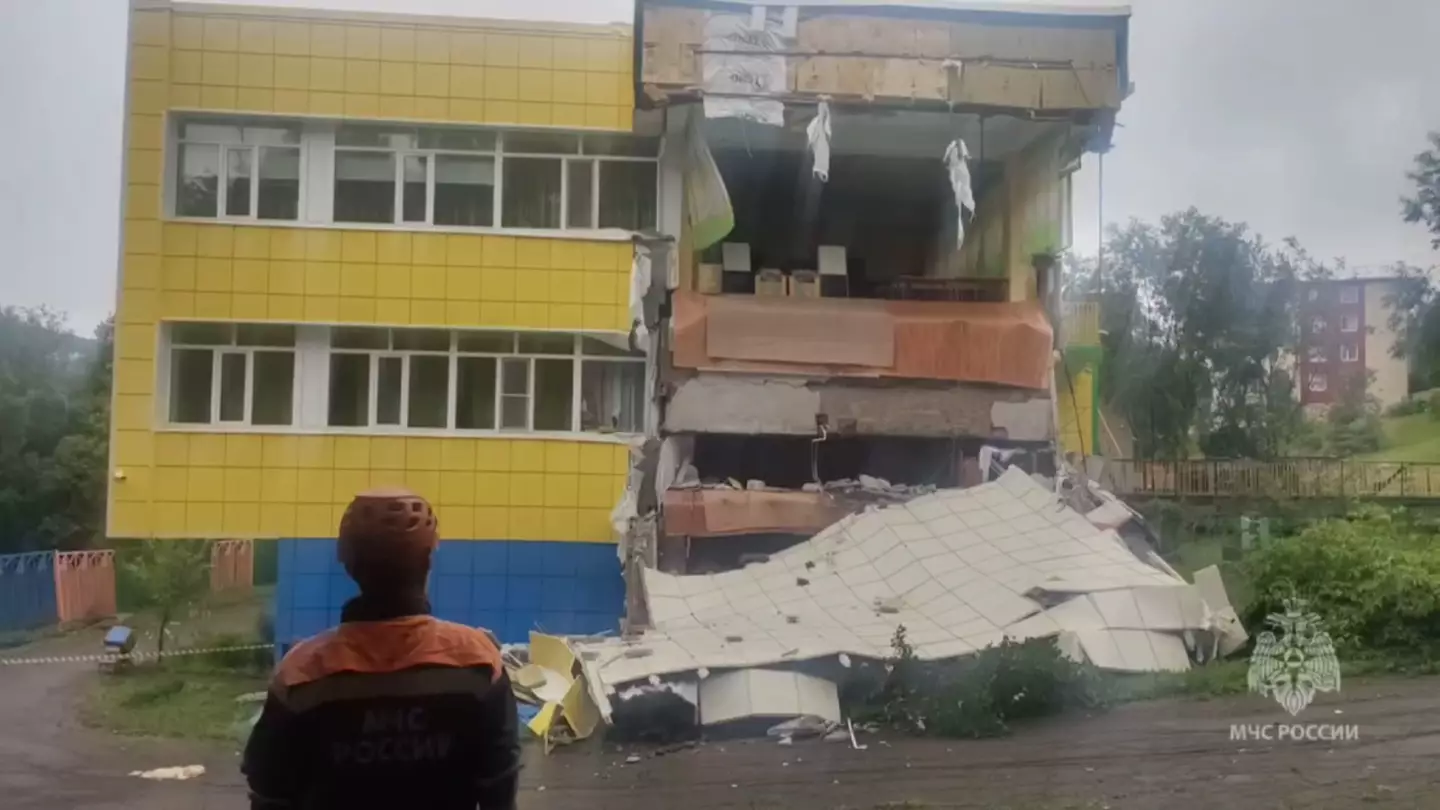
Featured Image Credit: Emergency Situations of Russia/Handout/Anadolu via Getty Images
Topics: World News, News, Weather, US News

Topics: World News, News, Weather, US News
Madison is a Journalist at Tyla with a keen interest in lifestyle, entertainment and culture. She graduated from the University of Sheffield with a first-class degree in Journalism Studies, and has previously written for DMG Media as a Showbiz Reporter and Audience Writer.